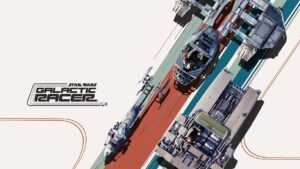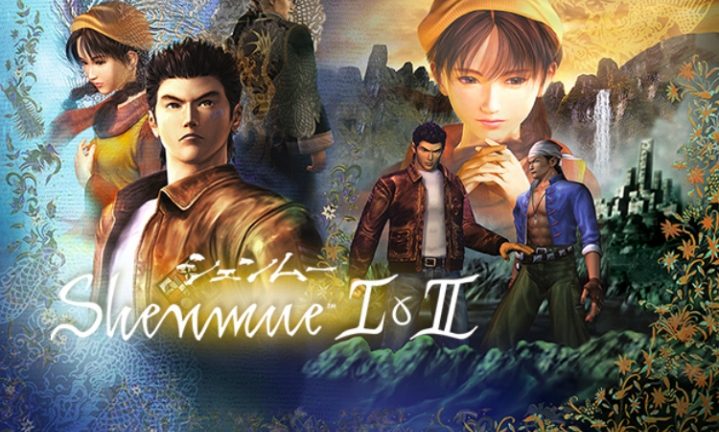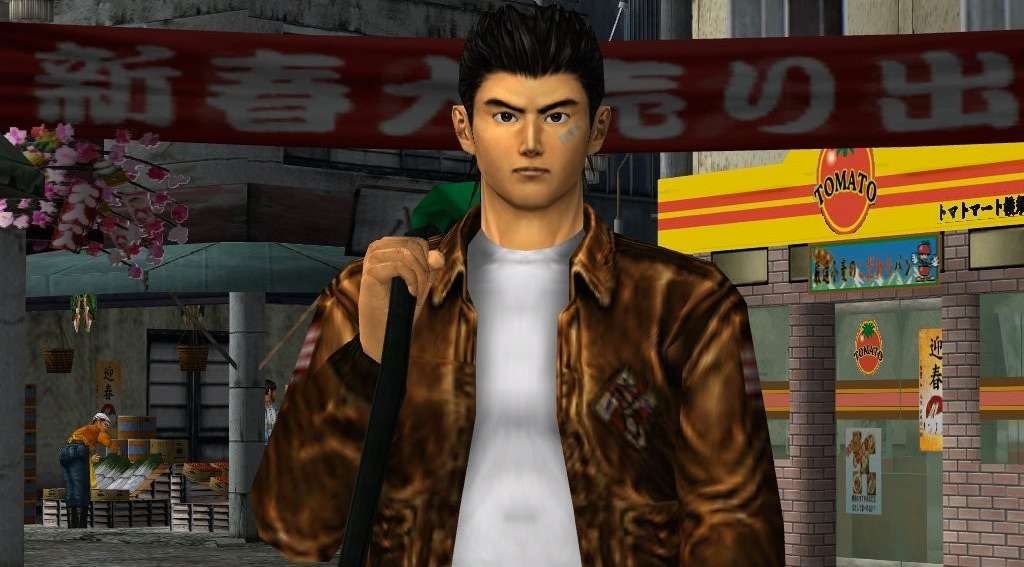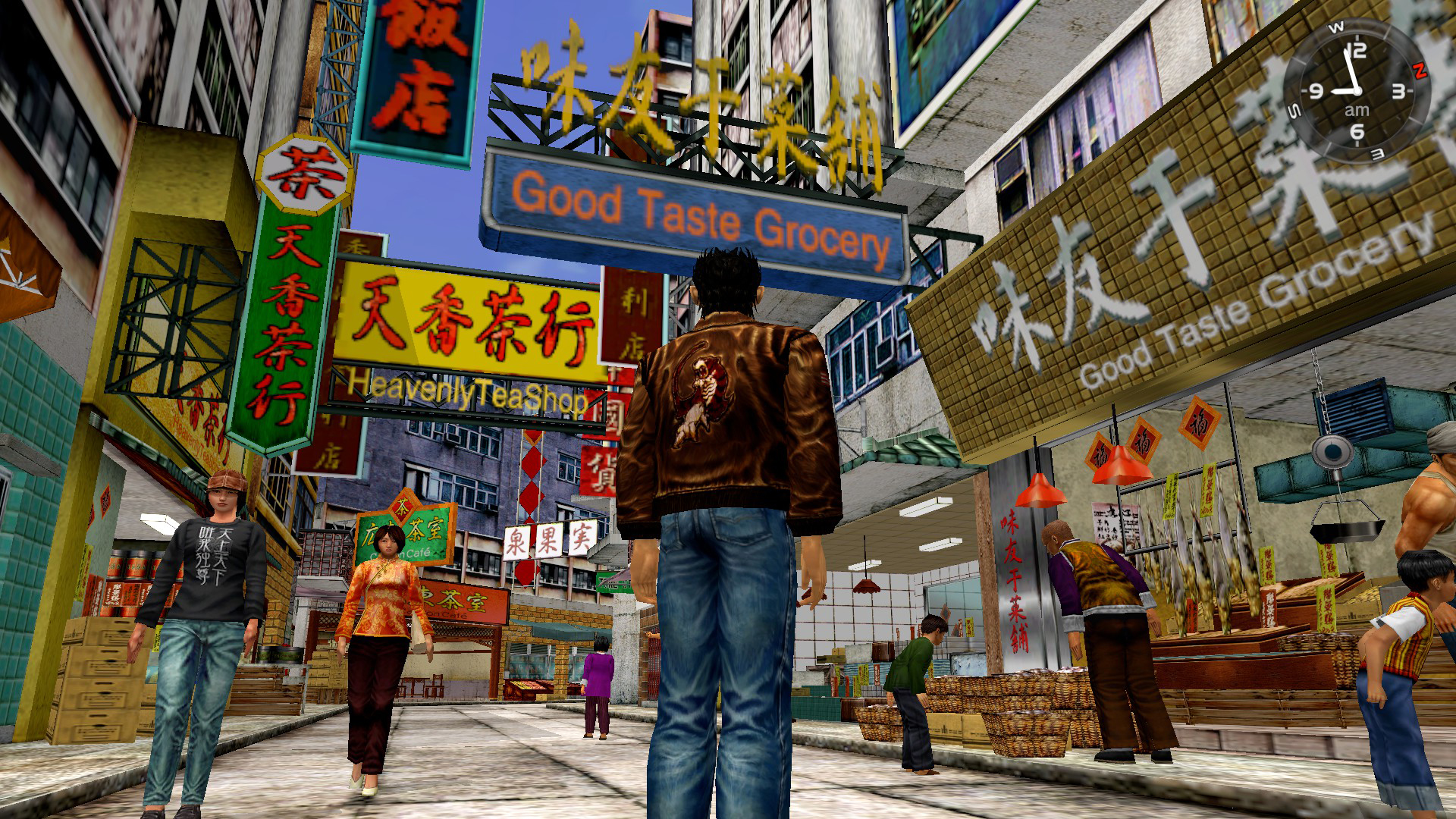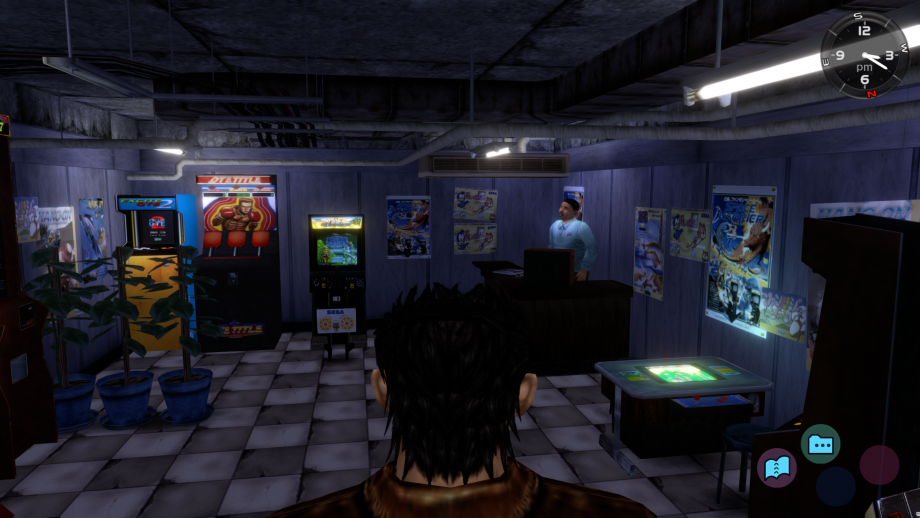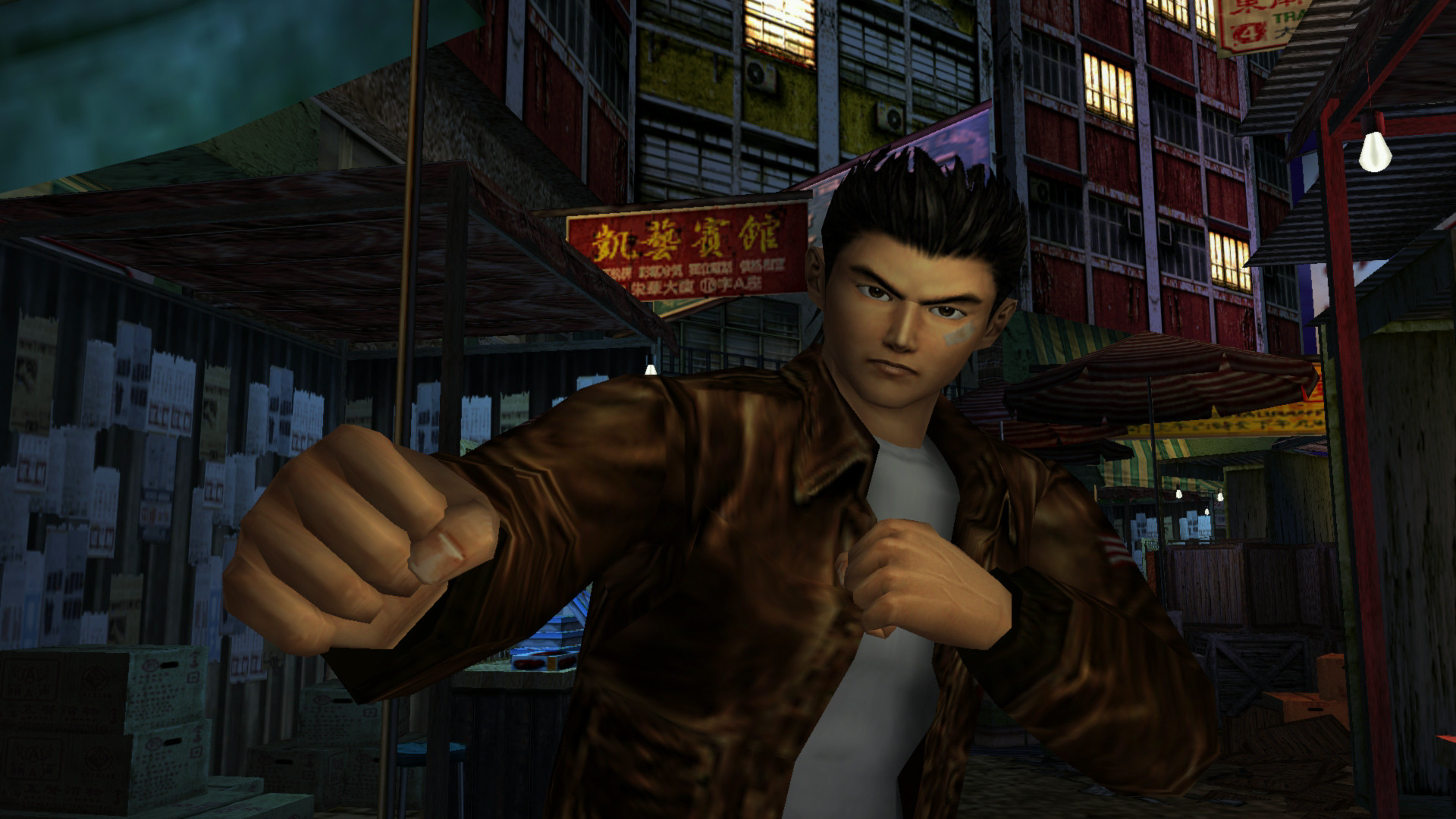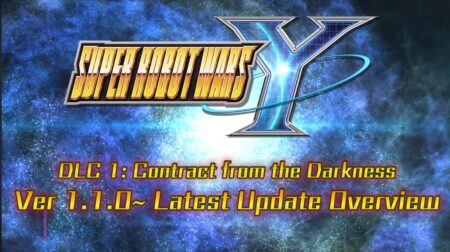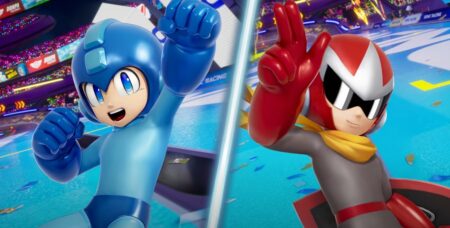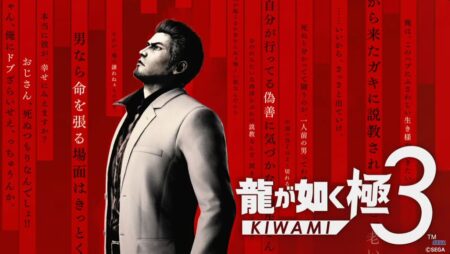December 1986.
Ryo Hazuki’s life changes forever when he returns home to find a confrontation between his father and mysterious intruders led by a Chinese man named Lan Di. Their visit leads to a theft of a mysterious ancient mirror and the death of Ryo’s father. And to Ryo’s path to revenge.
Reviewed: Playstation 4
Platforms: PC, Playstation 4, Xbox One
Developer: D3T
Publisher: Sega
Release Date: August 21, 2018
MSRP: $29.99
This review is based on a copy provided by SEGA
Shenmue follows Ryo’s footsteps as he follows through his vow of vengeance, attempting to locate his father’s murderer. Set in an semi-open world environment, Shenmue is a 3D 3rd person game that seems to be a predecessor to some of the 3D third persons we have today.
For a game during its time, Shenmue is honestly pretty ambitious. Considering that it’s a 3D game that’s semi open world, and fully voice acted at that. The game also features a in-game time setting, so that the environment changes as time passes, with new places opening up as night approaches. Unfortunately, with all these interesting mechanics, they failed in its execution, leading to a waste of opportunity.
For starters, the plot’s pace is pitifully slow and you wind up doing a lot of unnecessary leg work in your investigation. Part of the cause is that there’s a helpful HUD or mini map that guides you to your next destination. Frankly this was kind of frustrating because you waste time running around and groping to find a random NPC or a landmark because somehow the game expects you to know where they are. Considering the fact that this game has in built time, the running around literally wastes time (as certain NPCs and locations are only available at certain times).
The in-game portion also backfires with the fact that there is no way to skip time, which means you wind up wasting more time doing nothing but run around aimlessly waiting for the sun to set. With nothing engaging to do, and the few activities require money to pass the time (via arcade mini games), it’s not exactly efficient. And some of the mini games are honestly frustrating and/or boring so you’d wind up stopping after a while.
Not even exploring the area nets you some form of engagement as most of the NPCs are honestly the unfriendliest bunch I’ve ever seen. Aside from plot related or named NPCs, the normal NPCs are downright rude and do not give some relevant info to the world. They just outright turn you down, rudely. Kind of weird considering Japan being known for their politeness. The fact that it’s fully voiced means you read and hear Ryo get snubbed. Speaking of the voice acting, most of it is also pretty dull, as the actors feel so mechanical. I cannot find any emotion in the acting.
Aside from all the legwork, the game also has a combat system that plays like a side scrolling fighting game, which you barely feel as the fighting portions are so far in between that there is honestly no reason to even try to aim to master the moves and par with the course with some fighting games, is fully clearable with random button mashing.
At the very least we get some pretty interesting QTE cutscenes from time to time, it tries to alleviate the boredom somewhat.
But with all the negative feedback I have for the first game, I’d like to believe that the second game, Shenmue II, will hopefully fix the majority of the problems of Shenmue I.
The sequel directly follows the event of Shenmue I, with Ryo travelling to Hong Kong after getting a significant lead on Lan Di.
In general, there is now some significant positive feedback in the sequel over the first game.
The overall change to the game’s environment has made a lot of things more tolerable and sometimes interesting.
A shift from rural Japan to urban Hong Kong gives the player more reason to be more invested, because of how vibrant and interesting Hong Kong is to look at (and explore) compared to a normal town. I feel a little more awake playing through the expansive streets of Hong Kong compared to the dull streets in Yokosuka. Part of this is that we have more than 3 areas to look at in Shenmue II.
While the game still generally leaves you alone to locate objectives without hints, it’s now significantly easier to locate relevant places because NPCs now give better directions (and are subsequently filed in Ryo’s notebook), some NPCs will also personally lead you to your destination! No more wasting time going around in circles. It also helps that the NPCs in this game are now friendlier to listen to compared to the rude ones in the first game. The irony that the Chinese are now friendlier than the Japanese does not escape my notice.
Shenmue II now gives the option for you to spend your time productively, as various activities (in which you earn money) are available in every corner of Hong Kong. This is a big step from the dull waiting for X time to arrive in the game or spending money in the arcade in an attempt to pass the time.
For the fighting portion of the game, there’s not really much difference in execution (i.e. still too far in between for mastery to matter and still button mashable), but at least there’s now an enemy HP bar in the fighting UI.
In the end, while Shenmue II has presented a lot of decent Quality of Life changes, it still suffers from having to follow up the bad design choices that Shenmue I had, and it’s still hard to keep yourself fully engaged into it for a long period of time.
The Shenmue I & II Collection is honestly not a worth investment because it has honestly aged badly. There are too much cons that overshadow its pros and I would’ve honestly preferred that the developers had made a full remake of this game instead of a remaster.
